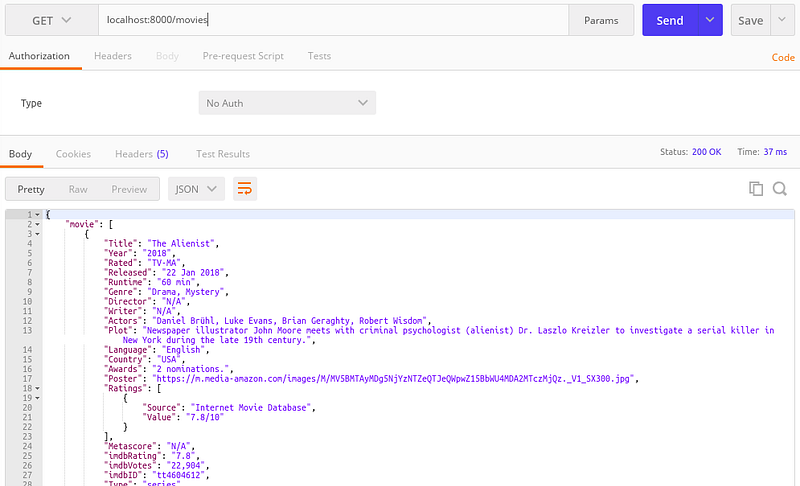Originally published on medium

on [Unsplash](https://unsplash.com/search/photos/fast?utm_source=unsplash&utm_medium=referral&utm_content=creditCopyText)](https://cdn-images-1.medium.com/max/2560/1*MattM04QSySowzXrPSO1dQ.jpeg)
Back to my studies, this week I decided to get away from the good the well-defined world of the Python framework called Django and try some different tools. This week I found Falcon.
Falcon, it’s a bare-metal Python web API framework for building very fast app backends and microservices with a particular emphasis on low latency. The goal of the maintainers was to build something fast, close connected with the network layer with a non-opinionated approach resulting in a flexible codebase that could be used to build upon and reuse over and over. Like a framework for frameworks.
Why is this a thing? - You
Well, I’ve been working with big frameworks for a while to have an answer for that.
Big frameworks are great! They give you a starting point, a base implementation to build your project upon. A lot of frameworks have a very opinionated way of approaching things, which is both good and bad. Of course, it depends on either your own personal opinions or the problem you’re trying to solve, but in this case, let’s assume that things start to get messy when you want to do something that’s slightly different from what the framework proposes. Usually what you will have to do is to override a bunch of methods and implement this new, but very similar behavior, on the places defined by the framework. Most of the times, this is ok, but let’s assume it’s not. This time you had to re-write a bunch of methods, that had nothing to do with your original modification only because that’s the way that the framework process things.
Cases like this, are cases when you want to use simple and non-opinionated tools. Let’s get to code.
I want to build an API that exposes movie information. Typically I start thinking about the resource, in this specific case: Movie. Falcon borrows this concept from REST architectural style, resources are simply all the things on the API that can be accessed by a URL. A resource on falcon is represented by a simple python class that uses duck-typing, so you don’t need to inherit from any sort of special base class. In practice, these classes act as controllers in your application. They convert an incoming request into one or more internal actions and then compose a response back to the client based on the results of those actions.
The Movie resource above defines a single method,
on_get(). For any HTTP method you want
your resource to support, simply add an on_*(){.markup–code
.markup–p-code} method to the class, where *{.markup–code
.markup–p-code} is any one of the standard HTTP methods, lowercased
(e.g., on_get(),
on_put(),on_head(), etc.). These well-known methods are called
“responders”. Each responder takes (at least) two params, one
representing the HTTP request, and one representing the HTTP response to
that request. By convention, these are called req and resp,
respectively. Now, open app.py:
This code creates a WSGI application and aliases it as
api. To run the API, make sure all the
files are in a project_name folder and:
$ pip install gunicorn
$ gunicorn --reload project_name.app
Now, when a request comes in for /movies, Falcon will call the responder on the images resource
that corresponds to the requested HTTP method.

The simplicity of this library it’s the main advantage, with two files we have a fully functional API.